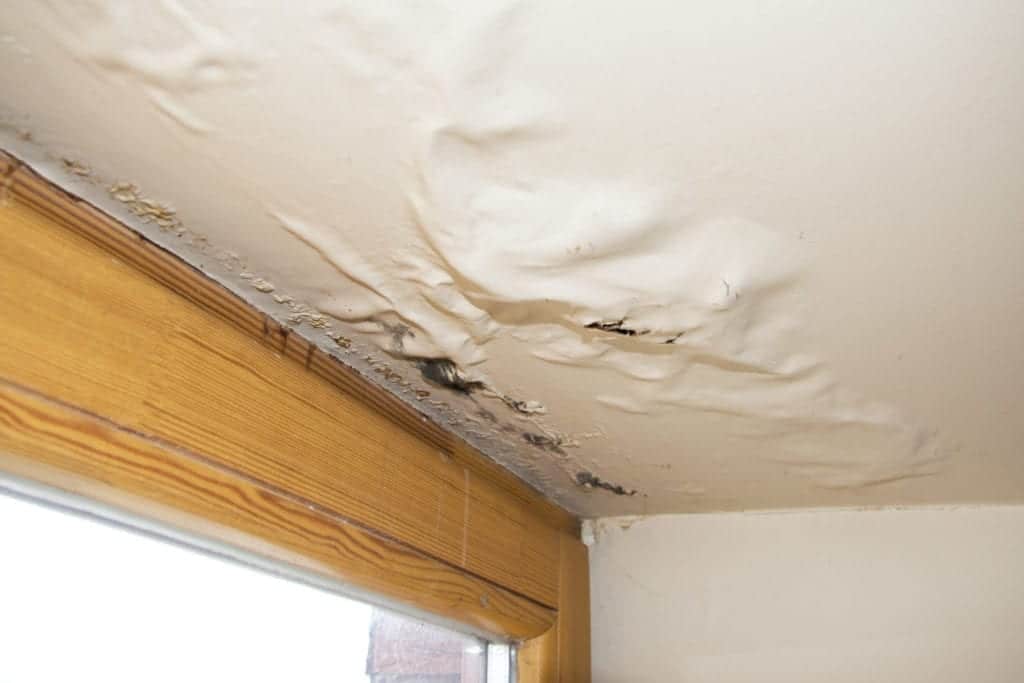Here below you can locate a bunch of high-quality material related to Leaking water lines.

Early detection of dripping water lines can reduce a prospective disaster. Some tiny water leakages might not be visible.
1. Take A Look At the Water Meter
Every home has a water meter. Examining it is a guaranteed way that assists you uncover leakages. For starters, switch off all the water resources. Guarantee nobody will purge, utilize the faucet, shower, run the cleaning machine or dishwasher. From there, go to the meter and also watch if it will certainly change. Considering that no one is using it, there ought to be no motions. If it moves, that shows a fast-moving leak. If you identify no adjustments, wait an hour or two as well as inspect back once again. This indicates you might have a slow leakage that can also be underground.
2. Check Water Intake
Analyze your water costs and also track your water consumption. As the one paying it, you need to notice if there are any discrepancies. If you detect sudden changes, regardless of your consumption being the same, it means that you have leaks in your plumbing system. Bear in mind, your water expense must fall under the same variety on a monthly basis. An abrupt spike in your expense indicates a fast-moving leakage.
At the same time, a steady boost monthly, despite the very same routines, reveals you have a slow leakage that's also gradually rising. Call a plumber to thoroughly inspect your residential property, especially if you feel a cozy location on your floor with piping below.
3. Do a Food Coloring Test
When it comes to water consumption, 30% comes from toilets. If the color somehow infiltrates your bowl throughout that time without flushing, there's a leakage between the tank and dish.
4. Asses Exterior Lines
Don't forget to inspect your outdoor water lines too. Examination spigots by attaching a yard hose pipe. Should water leak out of the connection, you have a loosened rubber gasket. Replace this as well as make sure all connections are limited. If you've obtained an automatic sprinkler, it will help get it properly examined and preserved every year. One tiny leak can squander tons of water and spike your water expense.
5. Check as well as Analyze the Scenario
Home owners must make it a practice to check under the sink counters and also inside cupboards for any bad odor or mold and mildew development. These two warnings show a leakage so timely attention is required. Doing regular inspections, even bi-annually, can conserve you from a major problem.
Inspect for discolorations as well as weakening as many pipes and home appliances have a life expectations. If you suspect leaking water lines in your plumbing system, don't wait for it to intensify.
Early detection of leaking water lines can mitigate a prospective calamity. Some tiny water leakages might not be visible. Inspecting it is a guaranteed means that assists you find leakages. One tiny leak can lose loads of water as well as surge your water expense.
If you presume dripping water lines in your plumbing system, do not wait for it to rise.
WARNING SIGNS OF WATER LEAKAGE BEHIND THE WALL
PERSISTENT MUSTY ODORS
As water slowly drips from a leaky pipe inside the wall, flooring and sheetrock stay damp and develop an odor similar to wet cardboard. It generates a musty smell that can help you find hidden leaks.
MOLD IN UNUSUAL AREAS
Mold usually grows in wet areas like kitchens, baths and laundry rooms. If you spot the stuff on walls or baseboards in other rooms of the house, it’s a good indicator of undetected water leaks.
STAINS THAT GROW
When mold thrives around a leaky pipe, it sometimes takes hold on the inside surface of the affected wall. A growing stain on otherwise clean sheetrock is often your sign of a hidden plumbing problem.
PEELING OR BUBBLING WALLPAPER / PAINT
This clue is easy to miss in rooms that don’t get much use. When you see wallpaper separating along seams or paint bubbling or flaking off the wall, blame sheetrock that stays wet because of an undetected leak.
BUCKLED CEILINGS AND STAINED FLOORS
If ceilings or floors in bathrooms, kitchens or laundry areas develop structural problems, don’t rule out constant damp inside the walls. Wet sheetrock can affect adjacent framing, flooring and ceilings.
https://www.servicemasterbyzaba.com/blog/how-to-detect-water-leakage-in-walls/

As a serious reader on Leaking water lines, I figured sharing that editorial was beneficial. Are you aware of another person who is fascinated by the subject? Feel free to promote it. Thank you for taking the time to read it.
Drain issues? Reach out!